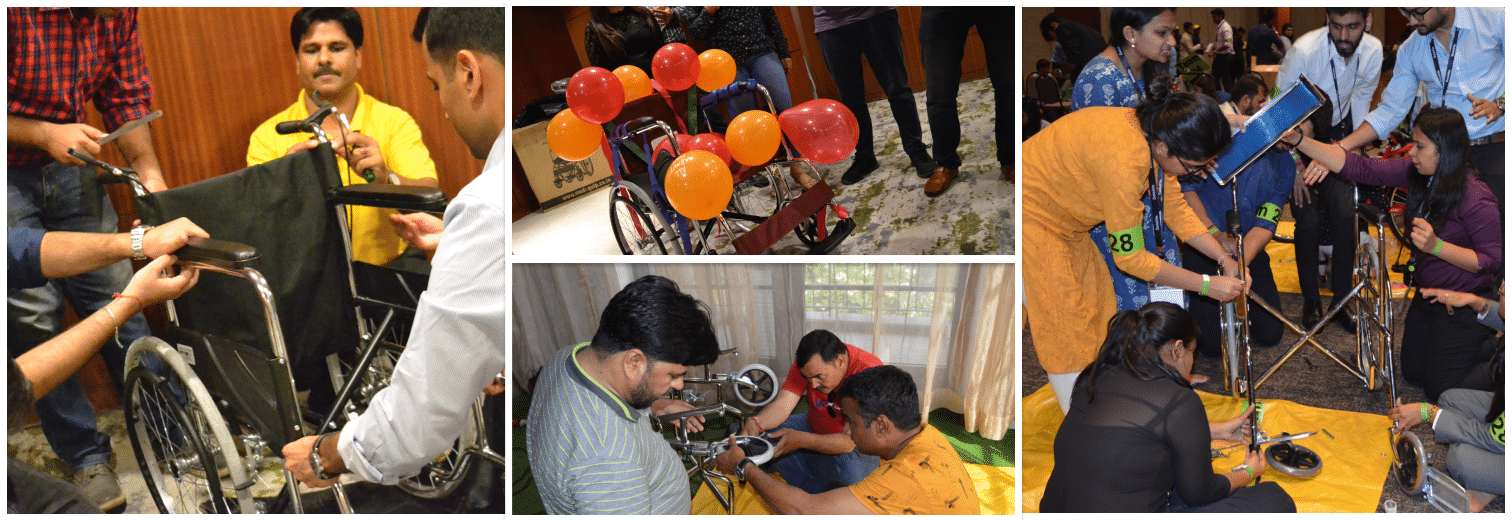The success of a 21st-century organization depends on how deeply it can engage its employees. And I do not mean perks like pizza Fridays or shiny titles. I mean true engagement, the kind that makes someone jump out of bed in the morning, excited to contribute.
Engaged employees resonate with the values of the company. They share a deep connection with their work and the internal community. They are passionate about what they do and often go above and beyond their job descriptions.
But let’s face it, genuine engagement is hard to come by. According to recent Gallup research, a staggering 80 to 90 percent of employees are not engaged in their work. That is not just a statistic. It is a loud signal that many organizations are missing the mark.
Why Traditional Perks Fall Short
Table of Contents
In response, organizations are trying everything, flexible schedules, work-from-home options, paid vacations, gym memberships, salary hikes, promotions. While these gestures are appreciated, they rarely deliver sustainable engagement.
The truth is that engagement is not a one-time initiative. It is a culture, a mindset, and a strategic priority. And if you want long-term results, you need to go deeper.
From my experience working closely with people and organizations, here are three powerful ideas that can truly move the needle.
1. The Power of Purpose
Let me start with a personal insight. A few years ago, I went through a phase where I was working hard but feeling strangely unfulfilled. The tasks were challenging and the team was supportive, yet something felt off. It took me a while to realize what was missing, a sense of purpose.
This is not just a feel-good concept. When people connect with the “why” behind their work, it ignites intrinsic motivation. Simon Sinek, in his book Start With Why, emphasizes this beautifully. He says that companies that thrive long-term are the ones that lead with their purpose.
And it works on an individual level too. When employees understand how their efforts contribute to something larger than themselves, it changes how they show up.
As leaders, we can cultivate this by encouraging teams to explore their purpose through workshops, storytelling, and reflection. Consider investing in structured interventions like Mindfulness at Work that help individuals reconnect with their values and inner clarity.
Action Tip: Create space for self-reflection. Host monthly “why circles” where team members share stories about what their work means to them.
2. Build a Culture That Cares
“Being a great place to work is the difference between a good company and a great company.” Brian Kristofek’s words ring true more than ever.
Culture shapes how people perceive the workplace. A caring culture, where appreciation, empathy, openness, and feedback are the norm, creates a safe space for people to grow and thrive.
I’ve seen teams transform simply because someone started saying “thank you” more often or began weekly shoutouts to appreciate contributions. These small, consistent actions go a long way in making people feel seen and valued.
If your team struggles with trust or collaboration, experiential interventions like Team Bonding Programs can rebuild those bridges in powerful and memorable ways.
Action Tip: Make appreciation part of the daily routine. Create a shared board or Slack channel where people can call out the small wins they witness in each other.
3. Foster Autonomy With Accountability
Micromanagement is the fastest way to kill motivation. When people are trusted to own their work and make decisions, they feel more like partners and less like cogs in a machine.
Autonomy, however, must be paired with clarity. If people do not know the expected outcomes or how they are being measured, freedom can lead to confusion.
When I first started managing teams, I used to hover. I thought it was helpful. But I quickly realized that I was getting in the way more than guiding. So I began setting clear goals, checking in regularly without interfering, and giving space for people to experiment.
This shift unlocked creativity and confidence. People stepped up because they felt respected.
One powerful way to build decision-making skills while keeping things safe is through Business Simulations. They allow teams to practice solving real-world problems collaboratively and creatively.
Action Tip: Set up team OKRs (Objectives and Key Results) and let each member define their action plan. Review progress weekly but allow flexibility in how they get there.
A Human-Centered Approach to Engagement
At its core, engagement is not about fancy perks or programs. It is about how people feel when they walk into work, or log on, as the case may be. Do they feel trusted? Do they feel heard? Do they know why they are doing what they are doing?
As L&D professionals, HR leaders, and managers, we have the unique opportunity to shape environments where people flourish.
If there is one thing the past few years have taught us, it is this, people crave meaning, belonging, and freedom. If we provide these through purposeful leadership, a caring culture, and empowered autonomy, engagement will not be something we chase. It will be something we naturally create.
Let’s not wait for an annual survey to tell us if people are engaged. Let’s build it every single day, through every single interaction.
Have you come across innovative ways to boost employee engagement in your organization? I would love to hear from you.





